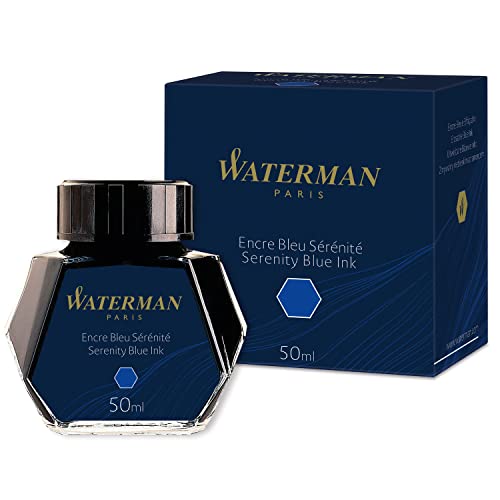How Long Does Pen Ink Last?
Pens have been a popular tool for writing and drawing for centuries. But have you ever wondered how long the ink in a pen can last? Whether you use pens for jotting down notes, creating beautiful art, or signing important documents, knowing how long the ink will last is essential. In this article, we will explore the factors that affect the lifespan of pen ink and provide some tips for prolonging its longevity.
The Lifespan of Pen Ink
The lifespan of pen ink can vary greatly depending on several factors, including the type of pen, ink composition, storage conditions, and frequency of use. On average, most pen ink can last for about two years.
The type of pen you use can have a significant impact on the longevity of the ink. Ballpoint pens, for example, tend to have the longest lifespan compared to gel and rollerball pens. Ballpoint pens use oil-based ink that dries quickly and is less prone to fading or smudging over time.
In contrast, gel and rollerball pens use water-based ink, which can be more prone to drying out or fading over time. Gel pens, in particular, may have a shorter lifespan due to their thinner ink composition.
Storage conditions also play a crucial role in determining how long pen ink will last. Exposure to light, heat, and air can accelerate the degradation of ink. It is best to store pens in a cool, dry place away from direct sunlight. Keeping pens in airtight containers or pen cases can also help preserve the ink for longer.
Prolonging the Lifespan of Pen Ink
While the lifespan of pen ink is ultimately finite, there are steps you can take to prolong its longevity:
1. Store pens properly:
As mentioned earlier, storing pens in a cool, dry place away from light and heat can help extend the lifespan of the ink. Consider investing in pen cases or containers specifically designed to protect pens from environmental factors.
2. Avoid excessive pressure:
Applying excessive pressure when writing or drawing can cause the ink to flow more heavily, leading to faster depletion. Use a light touch when using pens to ensure a steady and controlled flow of ink.
3. Keep caps on:
When not in use, always make sure to cap your pens. Leaving pens uncapped for extended periods can cause the ink to dry out more rapidly. Keeping the caps on when not in use will help prevent evaporation and extend the lifespan of the ink.
4. Use pens regularly:
Using pens regularly can help prevent the ink from drying out. If you have a collection of pens, try to rotate and use them in a cycle to keep the ink flowing smoothly.
5. Choose quality pens:
Investing in quality pens made by reputable brands can often result in longer-lasting ink. These pens are more likely to have better ink formulations and seals that help preserve the ink for an extended period.
When to Replace Pen Ink
Despite your best efforts, there will come a time when you need to replace the ink in your pen. Signs that your pen ink may need to be replaced include:
– Faded or inconsistent lines
– Difficulty in getting the ink to flow smoothly
– Skipping or smudging while writing or drawing
– The pen fails to write even with a fresh refill
If you experience any of these issues, it is a good indicator that it is time to refill or replace the ink in your pen.
The lifespan of pen ink can vary depending on factors such as pen type, ink composition, storage conditions, and frequency of use. On average, most pen ink lasts around two years. By storing pens properly, using them regularly, and taking care to maintain a controlled environment, you can prolong the lifespan of your pen ink. However, there will come a time when ink replacement is necessary. By being aware of the signs of ink depletion, you can ensure that your pens are always ready to write or create art when you need them most.






